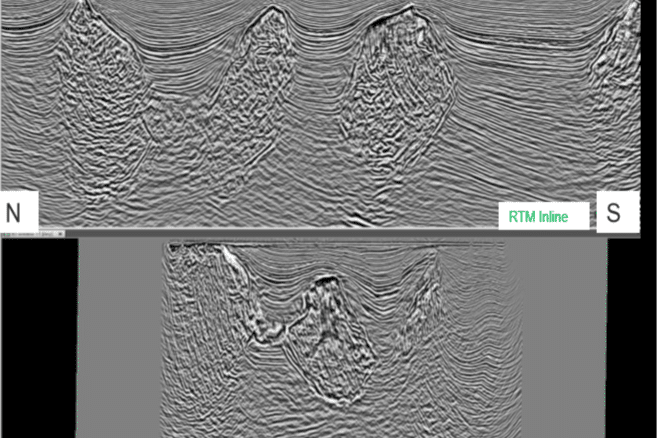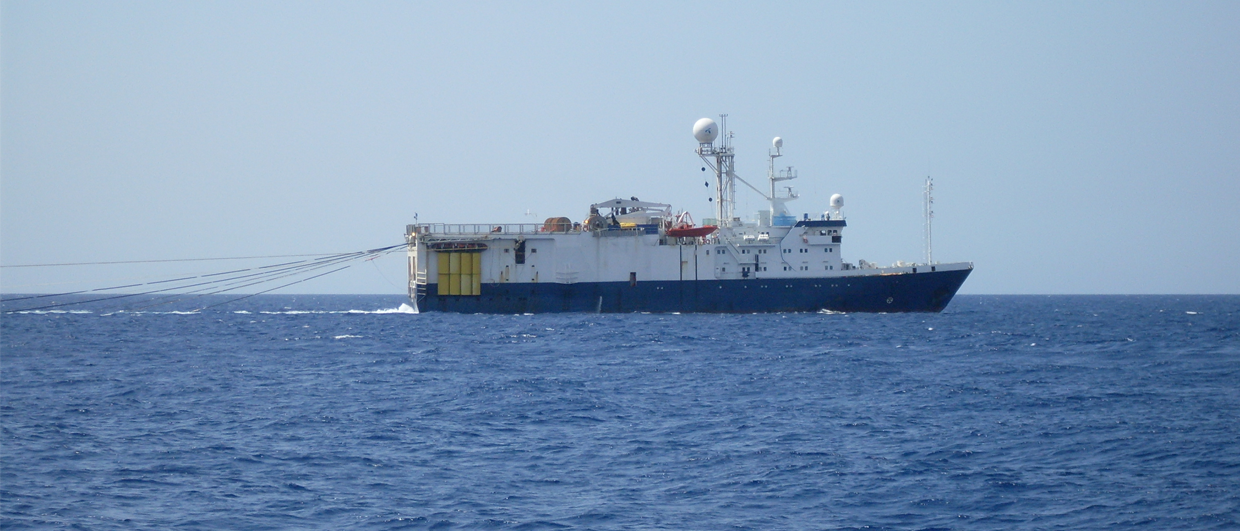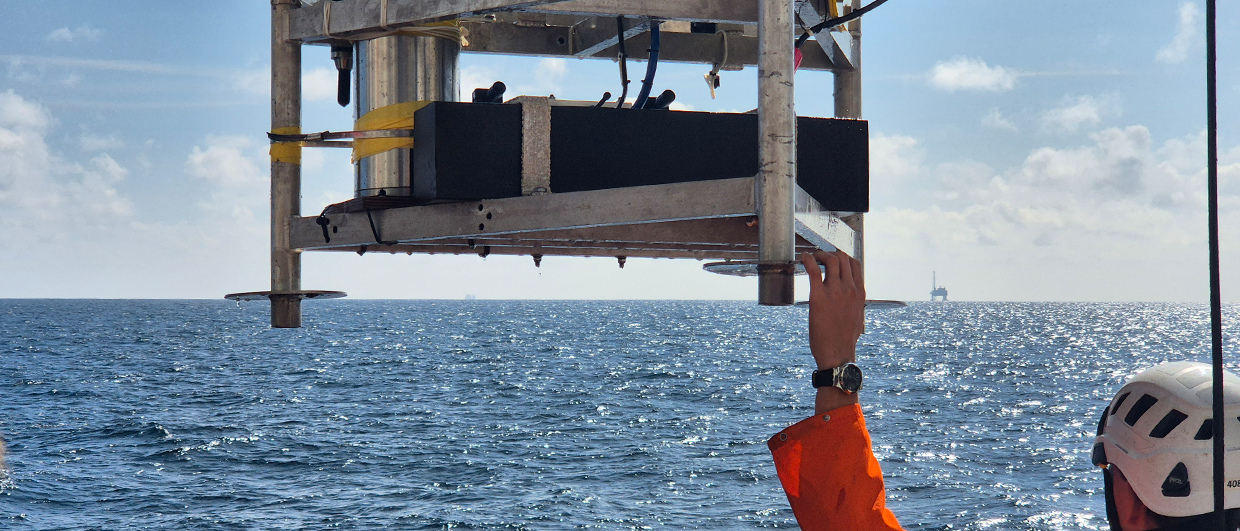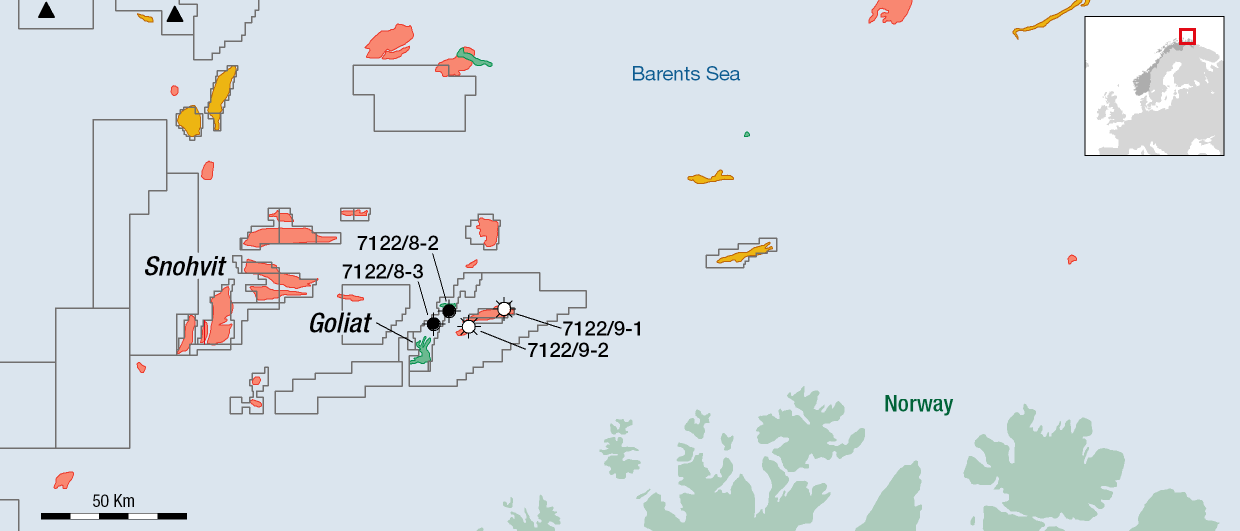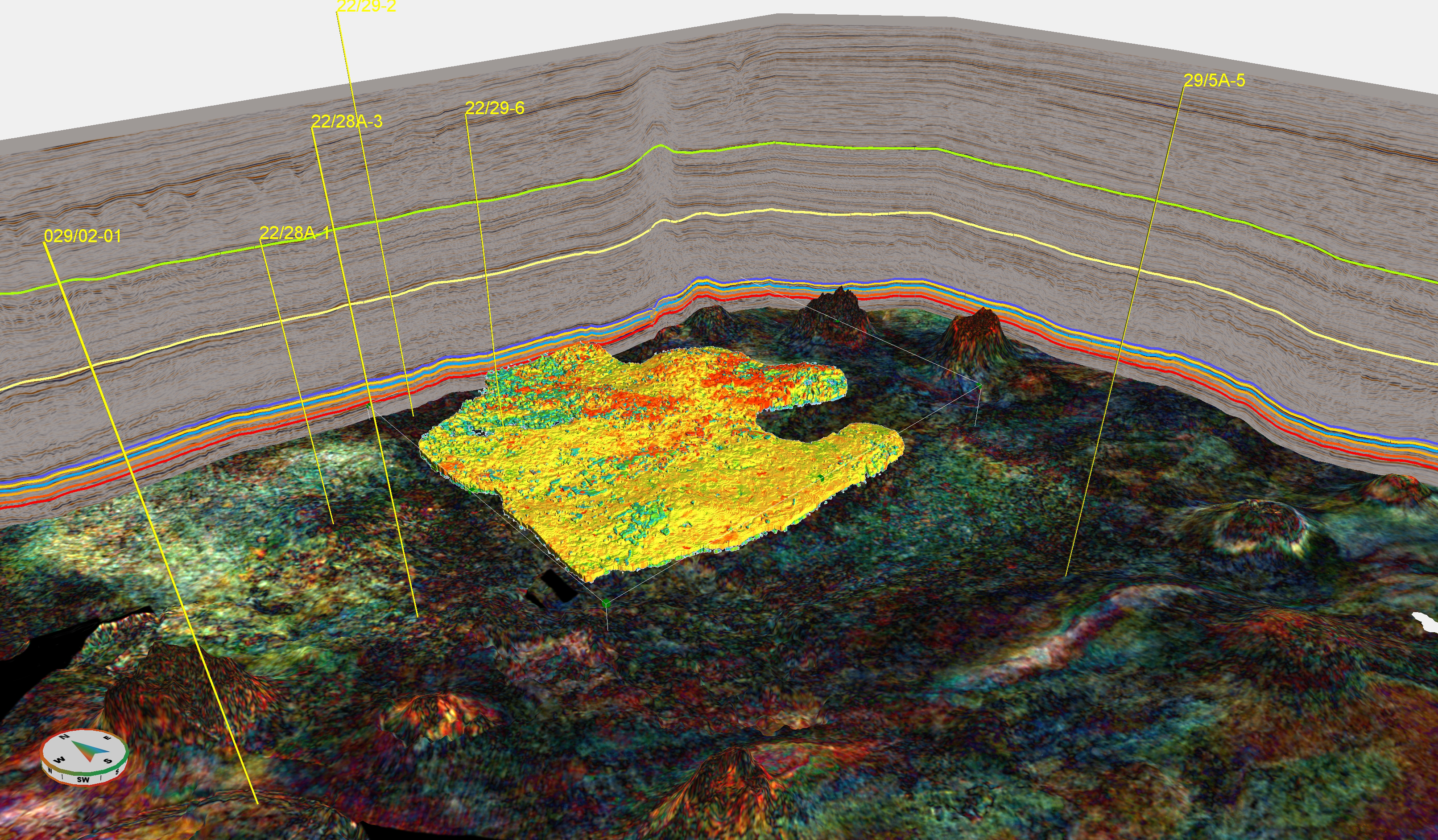Repsol is growing steadily with 3 new exploration licenses and by buying more production in Norway. Repsol has reached an agreement with Total to acquire its 7.65% stake in the Mikkel field in the Norwegian Sea, which produces currently 50,000 barrels of oil equivalent a day. With this acquisition, Repsol will increase its production in Norway by approximately 14% to about 32,000 barrels of oil equivalent per day.
The Mikkel Field is located in the eastern part of the Norwegian Sea, 30 kilometres north of Draugen. The field is tied back to the Åsgard B facility. Mikkel produces gas and condensate from Jurassic sandstone in the Garn, Ile and Tofte Formations. The field consists of six structures separated by faults, all with good reservoir quality. It has a 300-metre thick gas/condensate column and a thin underlying oil zone (Norskpetroleum.no).
Exploration
Repsol Norge has been awarded interests in three new licenses and one license extension in the APA2018 licensing round. Two of the new licenses are located in the North Sea and the other is located in the Barents Sea.
North Sea
PL972 awarded to Repsol (40% operator, M Vest 30%, Dyas 30%) contains the Vette, Brisling and Mackerel discoveries in the northern part of the Egersund Basin. Repsol is operator of the new development of the Yme field in the Egersund Basin with expected production start in 2020.

Development of Vette (Bream discovery) has been looked at by Premier Oil before. Det Norske bought the Norwegian Premier Oil portfolio and did not pursue development due to lack of commerciality with low oil price and lower potential in the reservoir. The reservoir in Vette, Brisling and Mackerel are the Middle Jurassic Sandnes and Bryne formation sandstones. Upstream reported that Repsol is considering reusing the Gyda Platform for a possible development.
The other license in the North Sea awarded to Repsol is PL 976 (Lundin 50% and operator, Repsol 30%, Petoro 20%) on the Sele High just north of the Egersund Basin.
Barents Sea
Repsol is now also exploring in the Barents Sea. PL 1024 (Repsol 70% operator, DNO 30%) lies in the Nordkapp Basin, a large underexplored basin with salt diapirs. Only 4 exploration wells have been drilled here. One of them was a discovery by Statoil: the Pandora discovery (7228/7-1) in 2001 with oil and gas in an excellent Triassic Lower Carnian Snadd sandstone trapped against the salt. One of the wells did not find reservoir but drilled straight from the Jurassic into the salt and another well probably did not have a valid trap. The latest test was well 7227/10-1 that Statoil drilled on the Saturn prospect in 2014, which found some Triassic reservoir intervals but was dry.
In this play the main challenge lies in the imaging of the salt and the reservoir. Modern 3D coil seismic surveys have been acquired in some parts of the Nordkapp Basin (for example by WesternGeco) and this will certainly help derisking prospects as it helps to image the salt-sediment interface and areas with steep dip.

Apart from that the size of the accumulation and the gas/oil ratio is very important for commerciality of a future discovery.

